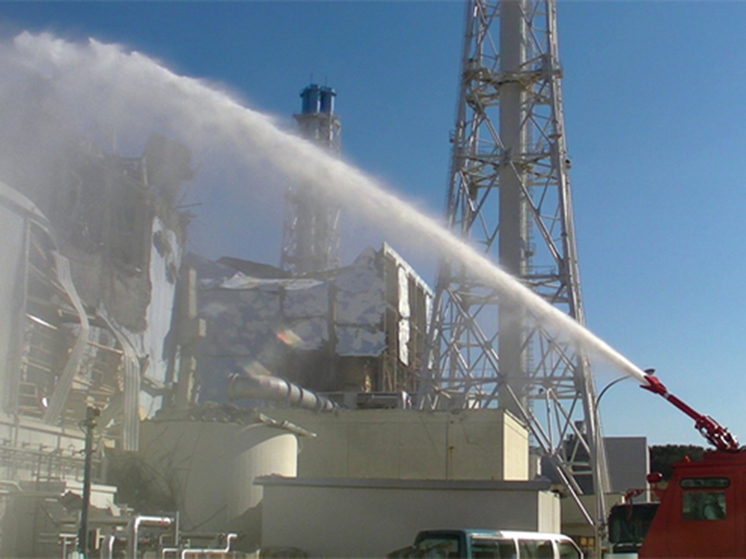“The current will carry it so that even fish caught off the coast of Korea or in Japan will not be dangerous”
From August 24, the discharge of radioactive water from the Fukushima-1 nuclear power plant began » into the ocean. 1.34 million tons of fluid that was used for emergency reactor cooling will be dumped into the Pacific Ocean over 30 years. We asked Oleg Muratov, a physicist and a member of the public council of Rosatom, to explain whether there is a risk for our country and for other countries in the region as a whole.

Recall that the accident at the station happened on March 11, 2011 as a result of a strong earthquake with a magnitude of 9.0 and the tsunami that followed. Waves that rose to a height of more than 40 meters washed away vehicles and buildings, and the Fukushima-1 nuclear power plant could not resist. – her backup diesel generators were flooded with water, and the cooling system was damaged. As a result, nuclear fuel began to melt in three reactors, which led to a series of explosions at three power units.
80% of radioactive emissions then got into the ocean. Restrictions on fishing in coastal waters were lifted only in 2015. And here's the new information: the discharge of water from the reactors.
– I believe that the risk from such a reset will be the most minimal, – says Oleg Muratov. – First, there are no more radionuclides left, except for tritium. What is tritium? This is an isotope of hydrogen, and its properties are almost indistinguishable from ordinary water. To date, there are no effective methods that would make it possible to purify water from tritium.
– It turns out that way. The Japanese, we must give them their due, tried to do this, they even announced an international competition for the best technology for separating tritium. By the way, our state corporation won the tender – she developed the best technology, but even that made it possible to purify only 10-15 cubic meters of water per day. That is, the entire million cubic meters that have now accumulated at Fukushima-1 would have to be cleaned within a century! In general, after that, it was decided to simply drain the water with tritium into the ocean. Japan has submitted an application to the IAEA with a request to consider the possibility of dumping.
The IAEA confirmed that the radioactive water from Fukushima-1 will have minimal impact on the environment. Since tritium has a half-life of 12.3 years, already now, the old water, which was pumped into the tanks at the end of 2011, contains half as much tritium, and in another 6 years it will not remain at all.
– I don't agree with them. The water that is now being drained is brought to the bottom of the Pacific Ocean through a kilometer-long pipeline. There – large ocean currents, with which it will be carried throughout the ocean.
– The prevailing currents are directed to the southeast. Therefore, they will have a greater impact on coastal countries located in that direction, – for example, to Korea. For us, they do not pose a danger, except for a small fraction. In addition, I remind you again: the water is already significantly diluted.
– The test discharge was about 100 cubic meters. The Japanese are monitoring the situation all the time. The presence of tritium in the water, even near the shore next to Fukushima-1" is a fraction of a percent. They are unlikely to cause serious harm to public health.
– It can be dangerous only after it enters the body, for example, with caught fish. But the current will carry the radioactive tritium so that even fish caught off the coast of Korea or in Japan will not be dangerous. Besides I don’t think that this fish will not be controlled, even though modern high-tech laboratories are needed for this.
In general, I would be interested in comparing the Fukushima fish, which is now being talked about so much, with the one that is caught in the English Channel or the Greenland Sea, where France and Great Britain & nbsp; for many years they have been dumping from their enterprises for the processing of spent nuclear fuel & nbsp; radioactive waste. They probably contain not only tritium, but also other dangerous radionuclides.


